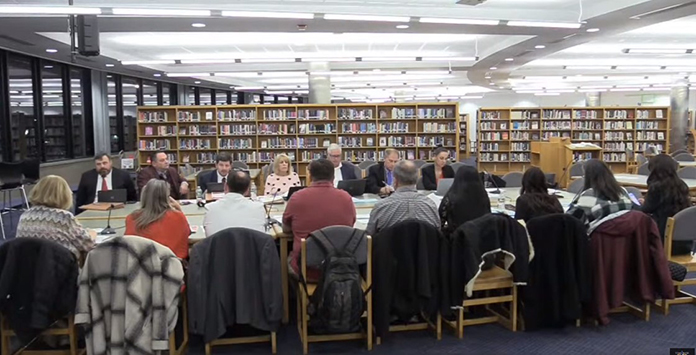
TOMS RIVER – The school district received $4,903,429 in stabilization aid from the state but officials said they still have a fiscal hole to patch before the start of the next school year.
The district made the application for stabilization aid in the amount of $8,536,146 back in September. They received a little more than half of their request.
School Business Administrator William Doering said that the district still has a $28 million problem. So, while this income is welcome, it doesn’t solve all of the problems expected for the 2024-2025 school year.
Officials said they would love additional state aid. Barring that, they will be seeking a state loan.
Stabilization aid is given to make up for a cut in state funding or some other imbalance.
There are two state decisions that are causing the shortfall. The first is that the state aid is governed by a formula started several years ago, commonly referred to as S-2, the number of the Senate bill that created it. This funding formula directed aid away from towns like Toms River. Lower enrollment is one factor, but all of the factors can’t be put into words because the state has not shared the formula, even after being sued to make it public. Toms River has lost millions of dollars every year due to the new formula enacted by the state lawmakers and signed by Governor Phil Murphy.

The other issue is that during Chris Christie’s administration, the governor put a cap on all school districts and towns stating that they can’t raise taxes more than 2 percent, despite the fact that other costs, such as insurance, fuel, and utilities, go up more than 2 percent. Many districts were already in the middle of contractual raises that could not be changed when this was mandated.
The difference in the lack of state aid is too much to make up with taxes, even if the district officials wanted to raise taxes more than 2 percent. Thus, they are looking at a fiscal cliff that will exist until another funding source is found.
Currently, the Toms River district is considering taking on Seaside Heights students. If this is done, they will not only receive the school taxes from that town, but they will be eligible for an incentive from the state to any district with five sending towns.






